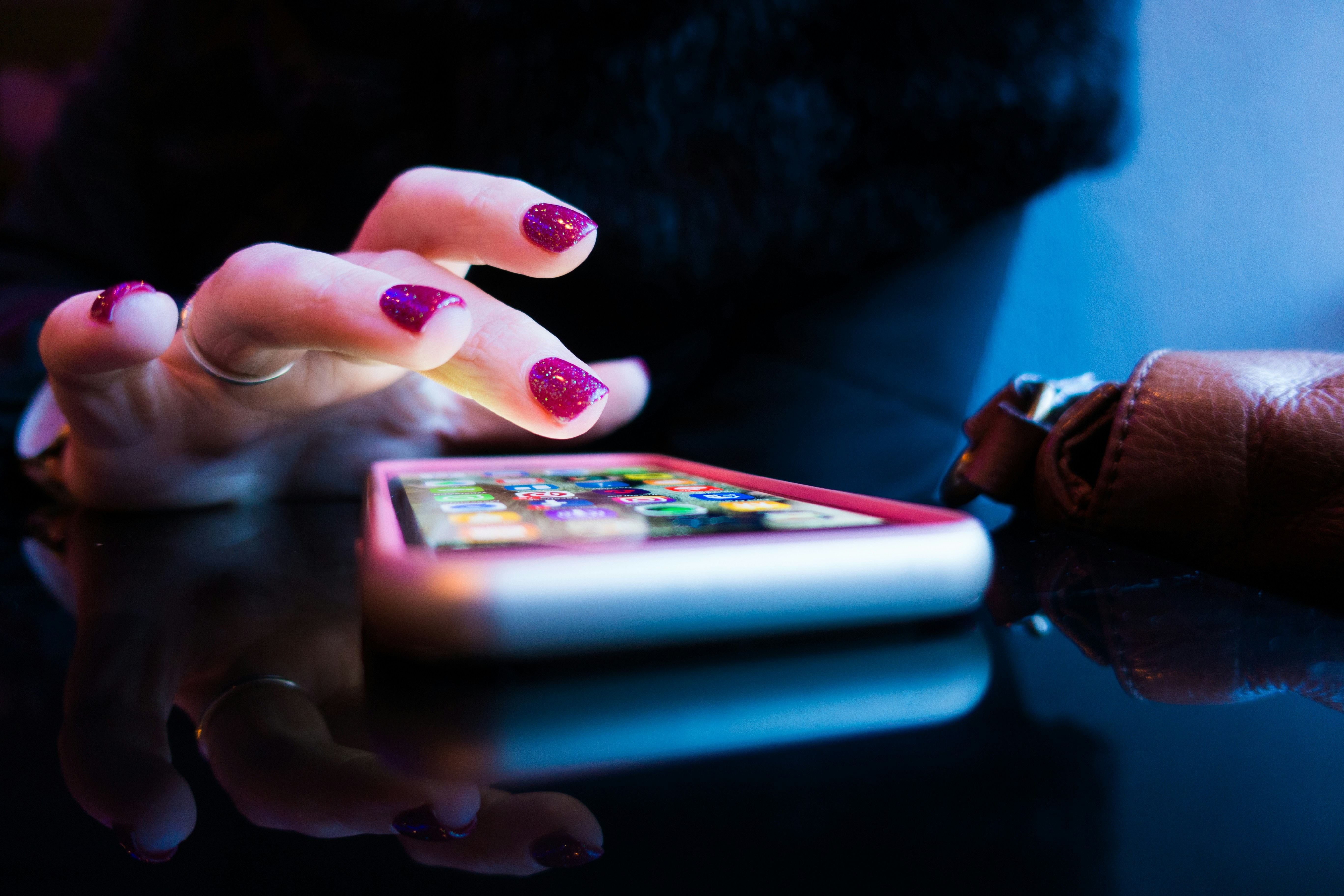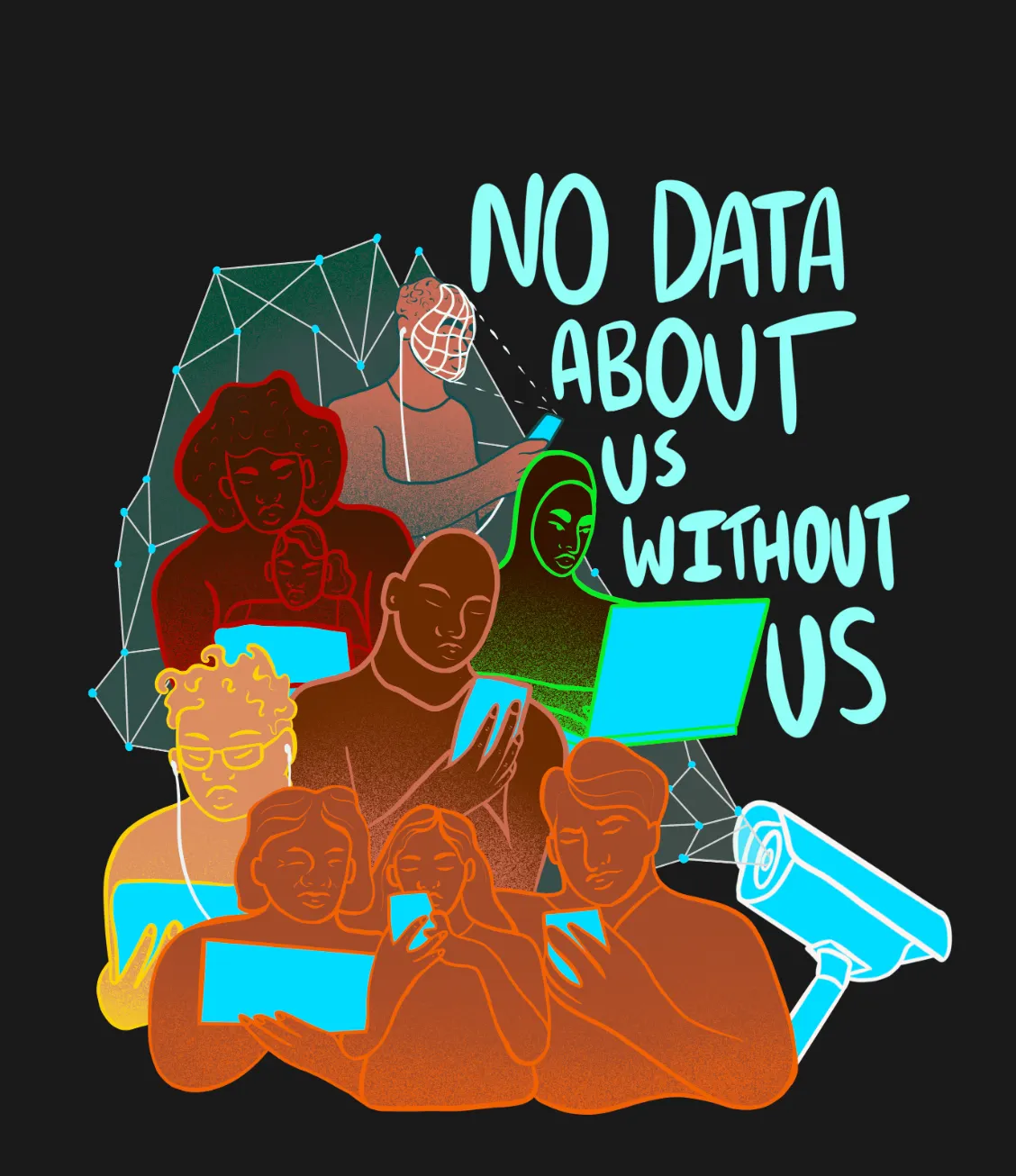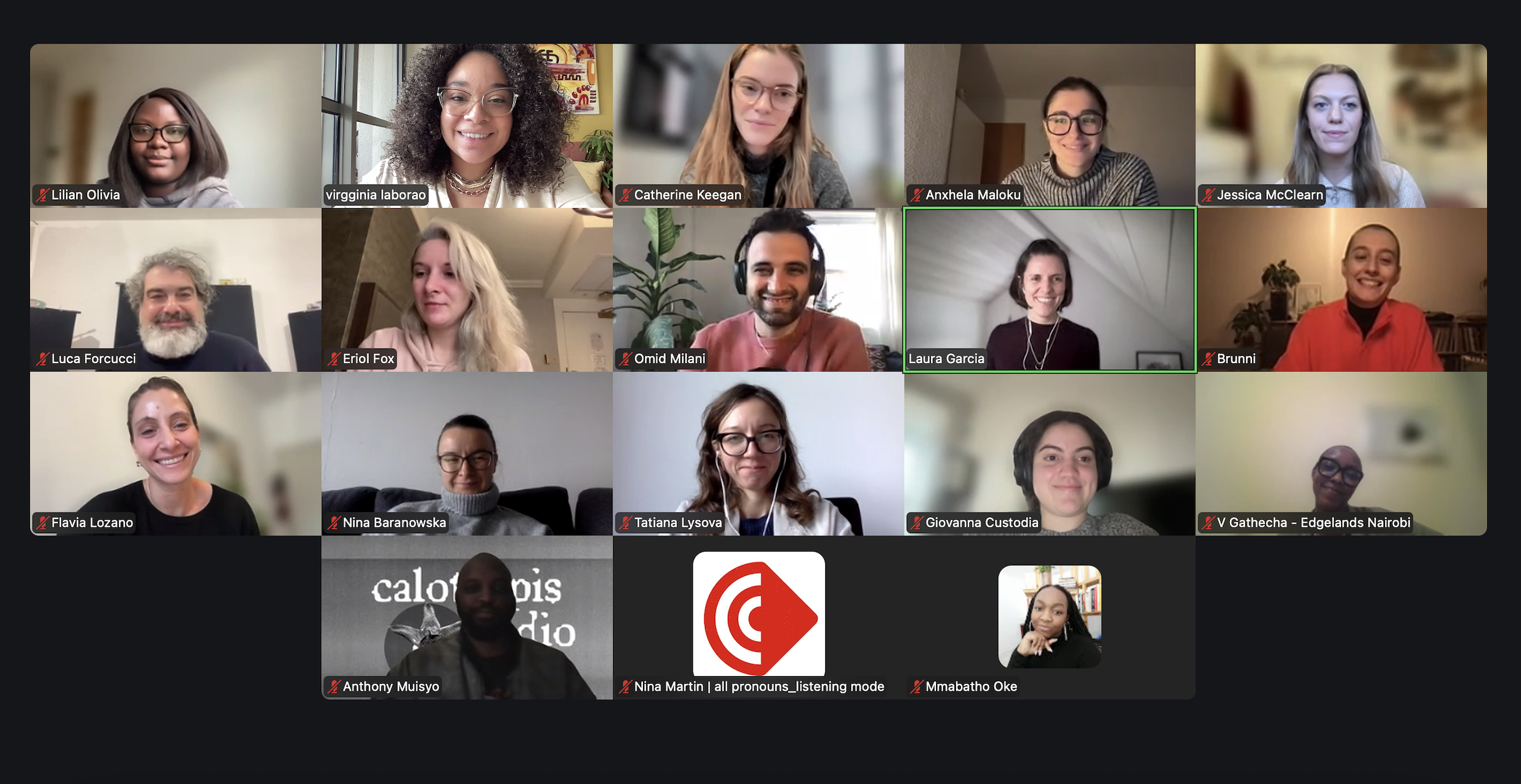Pop-ups are powerful tools to change social interactions and redefining urban areas
What are pop-ups? A powerful tool for redefining urban areas, pop-ups can be a useful tool for reshaping the social contract, but how and where they are deployed can have significant consequences.

Photo by Unknown on popupcity 1: Eyes on the Europoint Towers Rotterdam
Pop-ups and similar initiatives have great potential to transform cities and urban areas, both for the better and for the worse.
You might have noticed that, at least since the 2010's, pop-up stores, restaurants, and alike have started to appear in cities around the globe. At the same time, the term pop-up has increasingly become a common buzzword, which is used to describe temporary initiatives and alternative uses of public space. Pop-ups became more popular after the financial crisis of 2008 as a reaction to many vacant properties in cities. Their temporary and flexible nature made them a good and quick answer to face the problem of vacant properties. However, transformation through pop-ups can also pose a threat, for example, when they pave the way for gentrification. We can see that pop-ups and similar initiatives have great potential to transform cities and urban areas, both for the better and for the worse. This blog post will investigate why pop-ups are powerful tools to transform how we live together and, thus, perhaps also the social contract. At the same time, we will shed some light on the dangers of pop-ups and show initial approaches in which direction pop-ups could develop.
Pop-ups:
It's hard to say where pop-ups first appeared. In a way, they have always existed. Farmers have been selling their goods directly from the field since the dawn of time, and there have been traveling merchants who visited various towns along their route to offer their wares for sale. The term pop-up is used to describe a variety of different practices. But they all have in common that a place is used alternatively for a temporary period of time. This vacant space will first be remodeled to meet new requirements and then made available to the public in its new form. In this way, latent value is extracted from otherwise temporarily unused places.
Pop-ups have been used to redesign as well as revitalize cities and neighborhoods for quite some time. For example, after a major earthquake in 2011, the shopping center in Christchurch was destroyed. After it became clear that the reconstruction would take a long time, they created Re:Start; a temporary shopping center built from shipping containers.

This was such a success that the planned short period turned into almost seven years; until 2018. During this time, the unique mall became an integral part of Christchurch's city center and also a tourist magnet. After the closure, many of the store owners dispersed again to other locations in the city center. Another example is the so called “10,000 Eyes” project from Rotterdam, Netherlands (10, 000 Eyes). This project managed to drastically reduce the number of robberies by placing many eyes over the entire district. This action aimed to increase awareness among citizens and thus make crime-solving a collective task. We see that pop-ups can fundamentally change social interactions by showing society ways to act alternatively. Therefore, pop-ups are helpful in showing the changing needs of society and the possible satisfaction of these changing needs.
Tactical Urbanism:
Pop-ups alone can't, of course, account for the entirety of these transformations. For example, the term “tactical urbanism” is also often used to describe low-cost, temporary measures that benefit local urban areas. Thus, urban areas or buildings previously considered dead or empty are renewed and revitalized. Pop-ups often accompany these revivals, for example, with Pop-up Parks creation (Pop-up Parks). Tactical urbanism can also be called “pop-up urbanism” or “do-it-yourself urbanism”. All the used examples show that pop-ups, used correctly, have the potential to transform entire neighborhoods. There are two key concepts that help illustrate how and why pop-ups help transform city neighborhoods: Interstitiality and Immersion.
While “interstitiality” is about showing gaps in the system and filling them at the same time, “immersion” is about entering a new world even if you don't leave the actual world.
Interstitiality:
Cities have many interstitial spaces. Such places can be an empty store, a parking lot that is not in use, or a park that is not safe anymore. It is precisely these spaces that pop-ups can fill, disrupting the rhythm as well as the aesthetics of urban space.
These new uses of in-between spaces lead to two major effects of pop-ups: cracks in the standard urban configuration are revealed, by, for example, showing that the city has too few crosswalks or by repairing buildings with lego, which offers alternatives to existing structures (Example lego, Example crosswalk) .
Furthermore, pop-ups close these gaps by filling them in. Thus, pop-ups distract from the places where the dominant systems have collapsed and simultaneously protect such areas by claiming this vacant space. It is often argued that by making alternative use of these empty spaces, pop-ups work not only on the physical but also on the conceptual "edges" of the city.
Thus, as interstitial spaces, pop-ups can be understood as places existing at the margins of the dominant spatial distribution while at the same time helping to define, discuss, and ultimately control this distribution.
Immersion:
Contrary to the concept of Interstitiality, immersion describes the feeling of entering a space that immediately reveals itself as something separate from the world. Certain pop-ups deliberately play with these elements, taking their cues from well-known fictional worlds such as the many Mad Hatters Brunches around the globe, which sometimes play with elements of Alice in Wonderland.

Alternatively, it's possible to play with geographic areas or take a trip back in time. The central point is that an imaginary journey takes place, be it to faraway places, historical times, or even to entirely fictional worlds. The crucial point here is that this journey is not obtained by leaving the area but by transferring this space to another place in an imaginary way.
For example, in 2010, Secret Cinema showed the film "One Flew Over the Cuckoo's Nest" in a hospital. The ushers were dressed as doctors, trying to bring the audience as close as possible to the film's setting. Thus, the location became more than just an entry point; it became part of the world being portrayed and allowed for an extended experience of it.

If we think about urban transformation, the power of immersive pop-ups is that they have the potential to change the perception of the places in which they appear. Pop-ups can add new meaning to space or recover an old one, bringing previously hidden layers into focus. However, this is not always positive: immersive pop-ups can romanticize disadvantaged areas and prepare them for gentrification. As with so many tools, it depends a lot on how you apply them. It's important to ask why this pop-up was founded and what work they are doing for whom. It seems that a focus just on pop-up urbanism ignores a few critical elements of today's rapidly changing times. For example, Aurash Khawarzad criticizes that in many “Do it yourself” (DIY) projects, the focus is on consumption, rather than on creating a more equitable community. As an example, vacant space in the city is more likely to be used temporarily for a pop-up store of a well-known company instead of an institution that benefits the socially weaker groups.
To sum up: Pop-ups are a powerful tool for redefining urban areas, and by opening up new possibilities and ways of doing things, they can also be a useful tool for reshaping the social contract. Especially interstitiality and immersion are central to understanding the transformation of urban areas through pop-ups. However, it is essential to pay attention to how and where a pop-up tool is used, as it can quickly become a tool for gentrification or similar. So, a society should be mindful when using the tools at its command to create a more equitable world.



